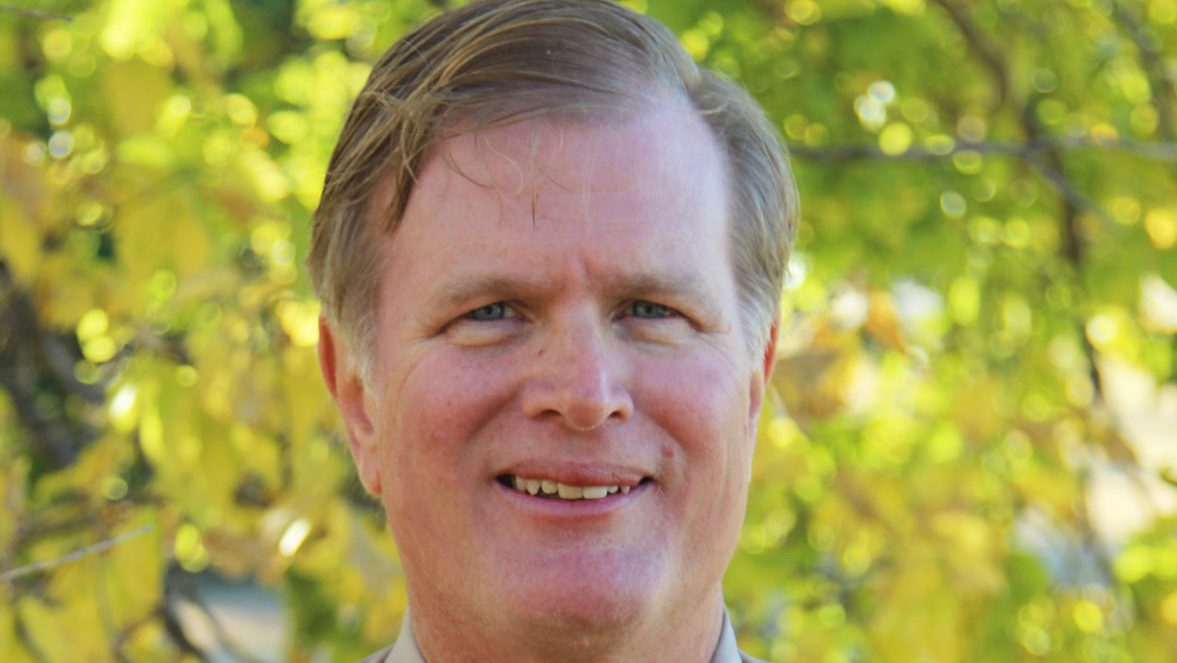Mother Nature’s patterns no doubt fooled even the most observant of High Plains residents.
Nearly a year ago I had traveled to Liberal, Kansas, about 80 miles southwest of Dodge City, to travel to a funeral. The countryside was brown and gave even the most optimistic producer a headache. Even crops that were irrigated suffered under stifling heat.
The 2022 trip also showed how few cattle there were in the countryside. There was nothing for livestock to graze on.
Flip the calendar ahead a year and that same trip showed remarkable change in landscape. Green could be seen everywhere (also a bumper crop of weeds) and there were flood watches and warnings from Meade, Kansas to Beaver, Oklahoma.
A good sign was livestock could be seen in pastures—a more bullish signal that hopefully will continue.
In visiting with a successful farmer and rancher in church who had seen many production cycles he said this was one of the most difficult. Plans are limited when moisture is sparse. Cropping practices from wheat planting last fall to corn and sorghum planting this spring were all altered because of an extended drought. Even as of the middle of May he had all the reasons to have a defensive approach. No one can blame that perspective as that mindset was shared by many successful producers.
The U.S. Drought Monitor continues to show a footprint that even with good moisture indicates we have only reached our annual precipitation total. It has not erased the previous year’s deficiency. As the farmer remarked about the quality of grain crops it also reminded me the traditional signal for ranchers to expand their herd—improved rangeland—will hit a difficult reality because heifers are in short supply. Next year—if timely moisture continues—it may put many farmers and ranchers in a mood to re-evaluate their strategy.
Recent developments give many of us an opportunity to think about previous generations who dealt with Great Depression and the 1950s—both very challenging periods in modern agriculture production. Today we can consider ourselves fortunate.
Today’s modern production still depends on what farmers have known for many years—timely moisture—a maddening and frustrating exercise in the High Plains. To make a good decision requires good risk tools, too, whether it is crop, forage or livestock insurance. Those risk tools help mitigate disaster, but we know that the best opportunity for profit comes from the gift Mother Nature provides.
Dave Bergmeier can be reached at 620-227-1822 or [email protected].


